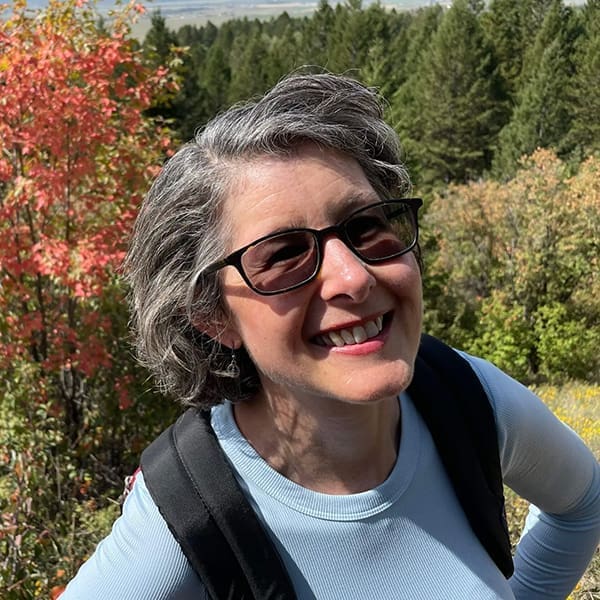
“Poetry written for children is like skipping straight to dessert.” Megan Willome
POETRY WRITTEN FOR CHILDREN
Once a week I go to the library. I always visit the children’s section and especially the shelves that hold children’s poetry. For anyone who still feels shut out of the poetry party, this section of your library is a great place to start.
You’ll find two categories of books: grown-up poetry packaged in a kid-appealing fashion and poetry written for children.
Many famous poets — like Maya Angelou, Emily Dickinson, Robert Frost, and Carl Sandburg — have had their poems illustrated for younger audiences (or for us older folks who feel intimidated by the greats). I’ve found that these collections help me discover poems I might have skipped over in black and white, and they help me understand language I find baffling — even Shakespeare’s sonnets can come with pictures! Think of these collections as spoonfuls of sugar that help the poetry go down.
Poetry written for children is like skipping straight to dessert. It’s often funny (think Shel Silverstein) or nature-focused (think Kristine O’Connell George). Children’s poetry is usually short, and it often rhymes. It may make you feel nostalgic or turn your attention toward the small, holy thing in your midst, like autumn leaves.
On a recent library trip, I discovered children’s poet Valerie Worth. Her poem entitled “Robins” starts with a description of November’s fallen leaves.
ROBINS
By Valerie Worth
Look how
Last year’s
Leaves, faded
So gray
And brown,
Blunder
Along
Like flimsy
Flightless
Birds,
Stumbling
Beak over
Tail
Before
The wind.
But no,
Wait:
Today
They right
Themselves,
And turn
To the
Stout slate
And ruddy
Rust
Of robins,
Running
On steady
Stems across
The ground.
Do you see what she did? She turned leaves into robins — an utterly, poetically, magical feat! (It’s a transformation technique grown-up poet Ted Kooser uses as well, accompanied by a pen-and-ink sketch by Natalie Babbitt.)
A good poem like this one makes me want to write — and while following the style of T.S. Eliot may feel overwhelming, following the style of Valerie Worth does not — and I mean that as a compliment!
Here’s my transformation poem.
STARS
Look at
Yesterday’s
Pumpkin, carved
So orange
And black
Deep
Within
Its gourd
Heart
Opened
Sighing
Calendar turns
Wing
Tilted
By breeze.
But wait!
Behold:
Today
Pumpkin lifts
Itself,
And rises
From the
Pumpkin patch
Its green
Vines
To join
Night’s host
Of stars
Winking welcome
November.
IT’S YOUR TURN
Write a poem in which one thing turns into another — or write a poem intended for a child or grandchild. Keep it short and if you’d like, spice it up using a rhyming dictionary.
Even when you don’t feel like writing a poem, you can always journal about one. All you need is a pencil and paper (or a computer, if you prefer to be able to read your own writing). Take some time now to journal about Valerie Worth’s poem.
- Read the poem.
- Jot down what you notice, what you like, what you don’t like, what questions you have, and at least one way in which the poem speaks to your soul.
- Read the poem again, aloud (if you didn’t the first time). Is there anything you notice this time that you want to add to your journal?


Megan Willome
Chronic Joy® Contributing Writer
Megan is an editor at TS Poetry Press as well as the author of The Joy of Poetry and Rainbow Crow, a new picture book of poems written for children. Her day is incomplete without poetry, tea, and a walk in the dark.

Sonshine Squad Story-Writing Tips
We each have a story to tell. You have a story to tell and your story matters. There are many creative ways to tell your story. You can write it, draw it, sing it, paint it, dance it, act it, or build it. Every story is unique -- and every story matters.

Recent Comments